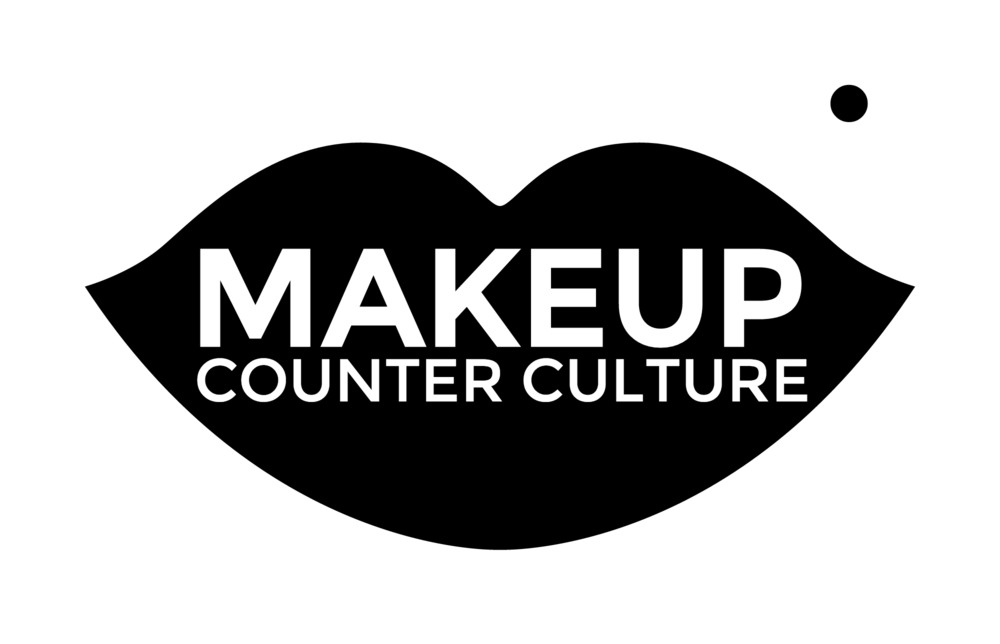Makeup (Counter) Culture
Walk into any makeup department—it's like running a gauntlet. The marketing materials with over-photoshopped celebrities hawking products in some vague and unoriginal fantasy. The air thick with an olfactory cacophony of artificial perfumes (including toxic phthalates). The bright florescent lights and the scrutiny of employees in a competitive environment, clamoring to get a sale. Here, there's no such thing as aging gracefully; spots are lightened with ingredients like hydroquinone, and there's a chemical cream for everything, often at an astonishingly high price, both economically and health-wise. Shouldn't beauty and health be synonymous?
After a few years representing the typical department store brands as a makeup artist, I left the beauty industry for other opportunities. But makeup—my first love—remained an obsession. While living in Japan, I read an issue of Vogue magazine that profiled green beauty products and mentioned the paraben controversy. My eyes were opened to the emerging clean beauty industry, the makeup counter-culture.
(INFURIATING) CLEAN BEAUTY STATISTICS
The last time the United States passed a law governing the personal care industry? 1938.
1300 - the number of ingredients banned in the European Union and other countries.
11 - the number of ingredients banned in the United States.
Press
Seattle Met - Beauty Blogger Julianna Broadwater Talks Clean, Healthy Skin Care
Washington Post - “Is this even worth my time?” Can we help this mom make space for her passion project?
EcoSalon - 11 Best Organic Beauty Instagram Accounts to Follow

